
The sunglasses are a perfect fashion detail for many, but much more than that, they are also a perfect protection against harmful UV radiation. In the conditions of urban life in which we are exposed to various pollutants, increasing heat, and ultraviolet solar radiation, eye protection is imposed as a necessity.
The main purpose of sunglasses is to protect the eyes from excessive sunlight. The eyes and the area around the eyes are extremely sensitive, so the sun’s radiation can easily lead to harmful consequences. In the beginning, headaches can occur as a result of squinting, and prolonged exposure to the sun without protection can lead to permanent damage to the lens of the eye, retina, and cornea. These are the consequences caused by harmful ultraviolet (UV) solar radiation.
You can buy sunglasses with different colors of lenses (glasses) – blue, green, brown, gray, yellow, orange, and the choice of glass color should not only depend on your fashion style but above all on their purpose. Visit quivedo.com to find more about it.
There are a few guidelines that will make it easier for you to choose sunglasses.
1. Lens material
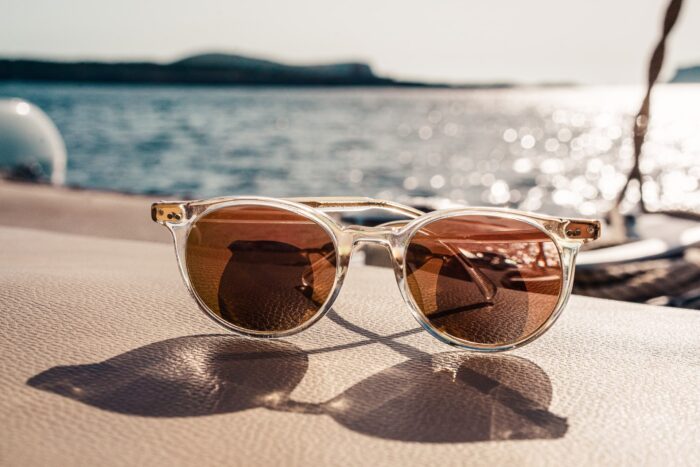
Several types of materials are used to make the lens – glass, plastic, polycarbonate, or some similar material resistant to breakage. So, think about how careful you are when it comes to keeping things.
2. Different indexes of UV radiation
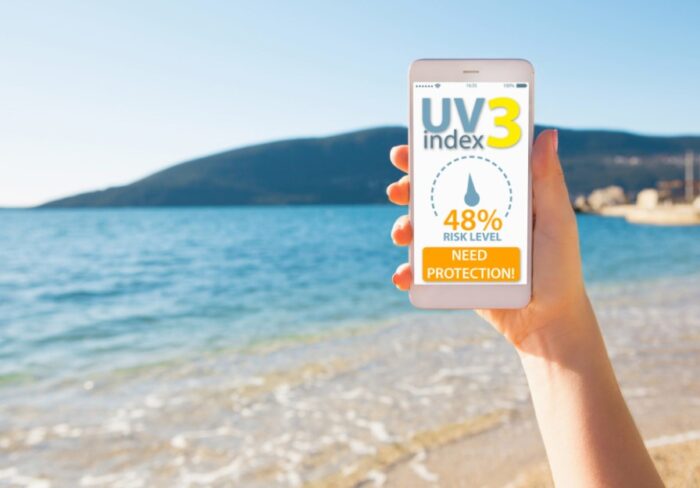
What you should also keep in mind is that lenses made of different materials have different UV indices. You’re probably already guessing exactly that higher lens indices are more expensive. Namely, the reason is the more complex technology used to produce higher indices compared to the lower index. Various chemical coatings are also added to the lenses to reduce reflections such as those present during strong sunlight at sea, while driving on the road, on snow, and the like. Such reflective lenses contain several layers of anti-reflective coating consisting of said metal particles.
3. Lens color
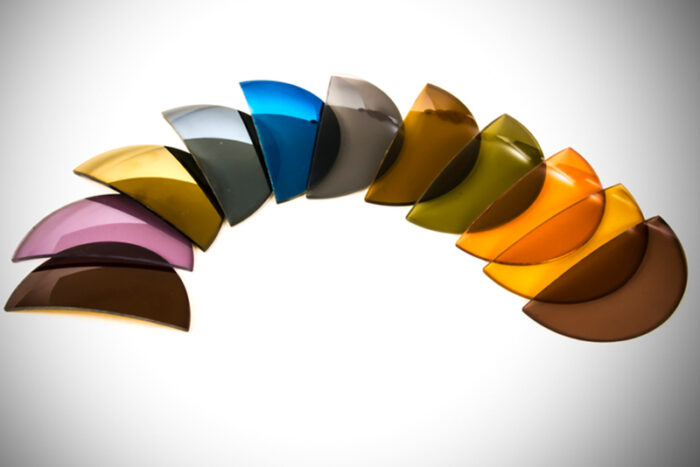
Choosing the color of spectacle lenses is certainly an important factor to adjust to your personal lifestyle. The choice of colored lenses with their triple action affects our vision. It depends on the color of the lens – first, how much visible light reaches the eyes; second, how well we see other colors; and, third, how well we perceive contrasts.
The color of the glasses is not only affected by your fashion style but also how you perceive the contrast and how you distinguish the colors. Some colors enhance the contrast, which can be useful, but it can also affect color discrimination, which can be a problem (when driving, for example, and you need to clearly distinguish colors at a traffic light).
To make it easier to determine which lens color is ideal for you, give it a try, think about the purpose for which you need the glasses. You’ve probably noticed that some people have more different sunglasses, and not because of fashion trends. If you’re a fan of snow sports, red glasses are perfect for that, but only if the day is gloomy. Brown lenses are a far better choice. Orange lenses are good for hunters whose focus is on moving targets.
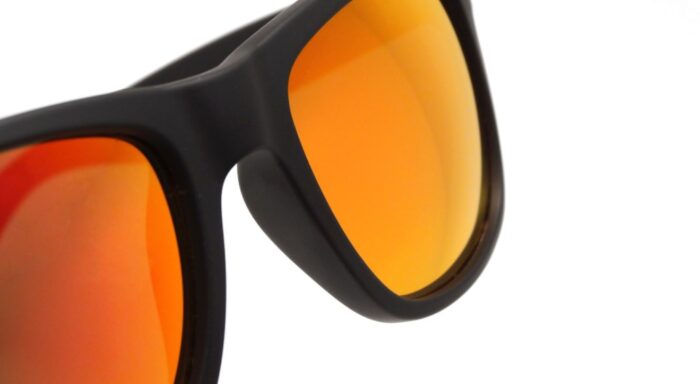
Mirror-spectacle lenses significantly limit the amount of light that enters the eye, making it easier for you to see. The mirror effect is achieved by an extremely reflective coating, which is applied to the surface of the sunglasses glass to reduce the amount of light entering the eyes. They are suitable for skiing when the weather is sunny and other activities in bright conditions.
Green reduces glare by offering high contrast and visual acuity, reduces eye strain in bright light; for precision sports such as tennis, baseball, and golf. Also, browns, grays, and greens (as well as their shades) better absorb ultraviolet and do not distort the display of objects, while blue and orange promote eye fatigue.
Sunglasses with polarized lenses are especially popular among boaters, pilots, and skiers, but they are also great for drivers because they reduce and almost completely eliminate the dangerous and unpleasant effect of glare from water, glass, or metal surfaces, which can be dazzling.
4. The shape of the face is important
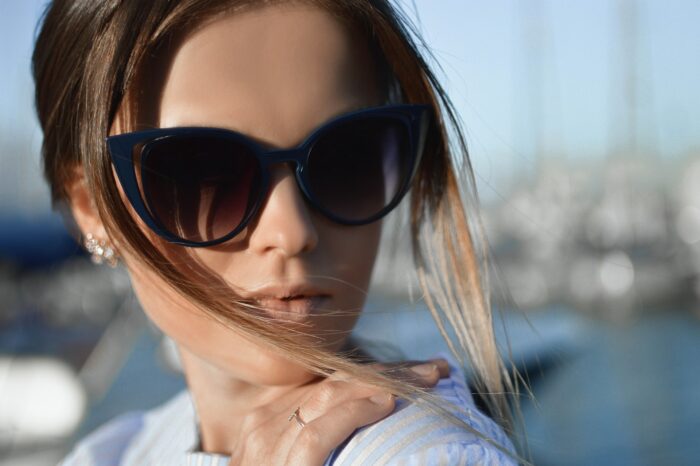
Whether it is prescription glasses or sunglasses, we are all looking for glasses that will best suit the shape of our face, our personality, and our lifestyle. Choosing the ideal frame according to your own face shape is one of the most important decisions both when choosing prescription and when choosing sunglasses.
People who have an oval face shape are suitable for almost all shapes, although it is recommended to avoid extremely massive or narrow frames.
If your face is square, an ideal frame that follows the width of the face, but not square, but rounded, so that the face takes on a milder expression.
Rectangular frames are recommended as a contrast to a round face. A diamond face is the rarest face shape. To accentuate your eyes and make your cheekbones softer, try frames that have accentuated tops. Frameless or cat-shaped glasses can also be a good choice.
5. But also the color of the skin

Skin color is divided into warm and cold. Cold skin color has blue and pink undertones and warm yellowish. Olive skin is considered cold because it is a mixture of blue and yellow. When we talk about the frame, the best warm colors are khaki, gold, peach, orange, coral, white, red, blue, and cool colors black, silver, blue-gray, purple, pink, magenta.
Final thoughts
We need to protect our eyes in the summer just as we protect our skin. They are also exposed to harmful UV radiation, salt water, sand, so if we do not take protective measures, it can lead to infections, vision damage, and other eye problems. So, sunglasses are not a fashion detail but protection.
The quality of the sunglasses is very important. Although glasses protect the eyes from the negative effects of sunlight, cheap and low-quality glasses can cause more harm than good.








